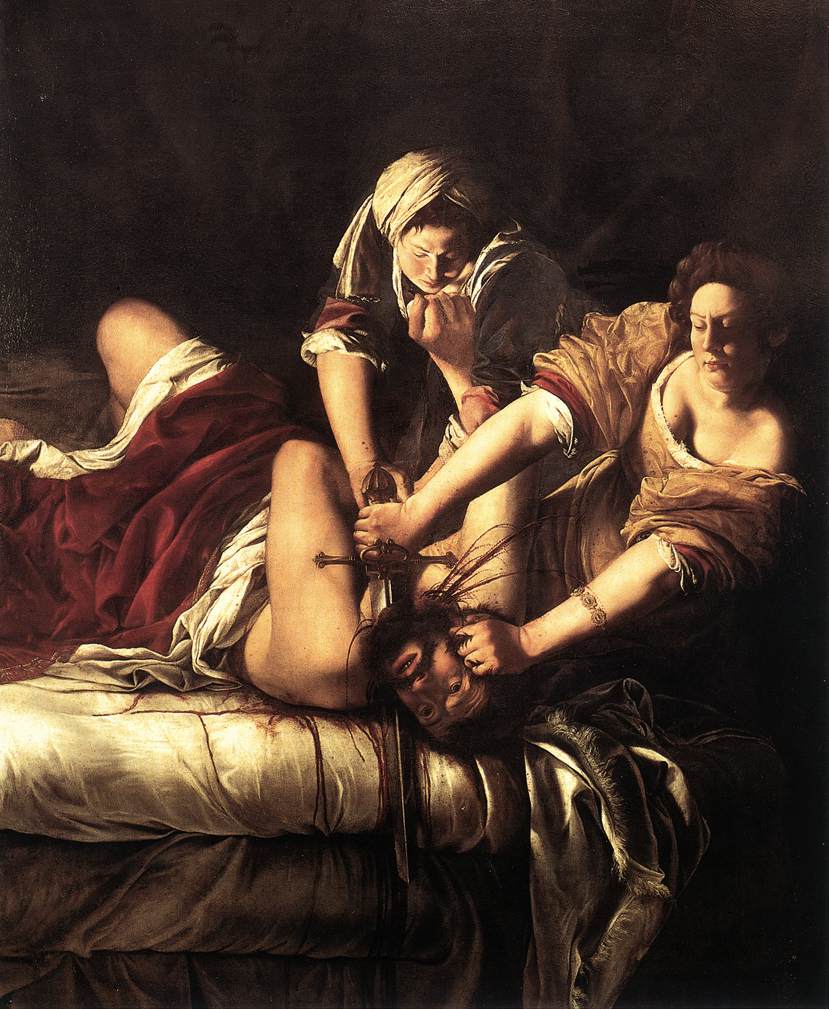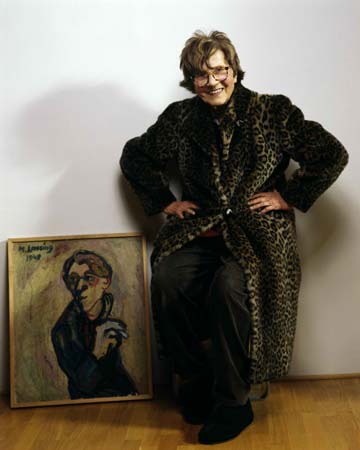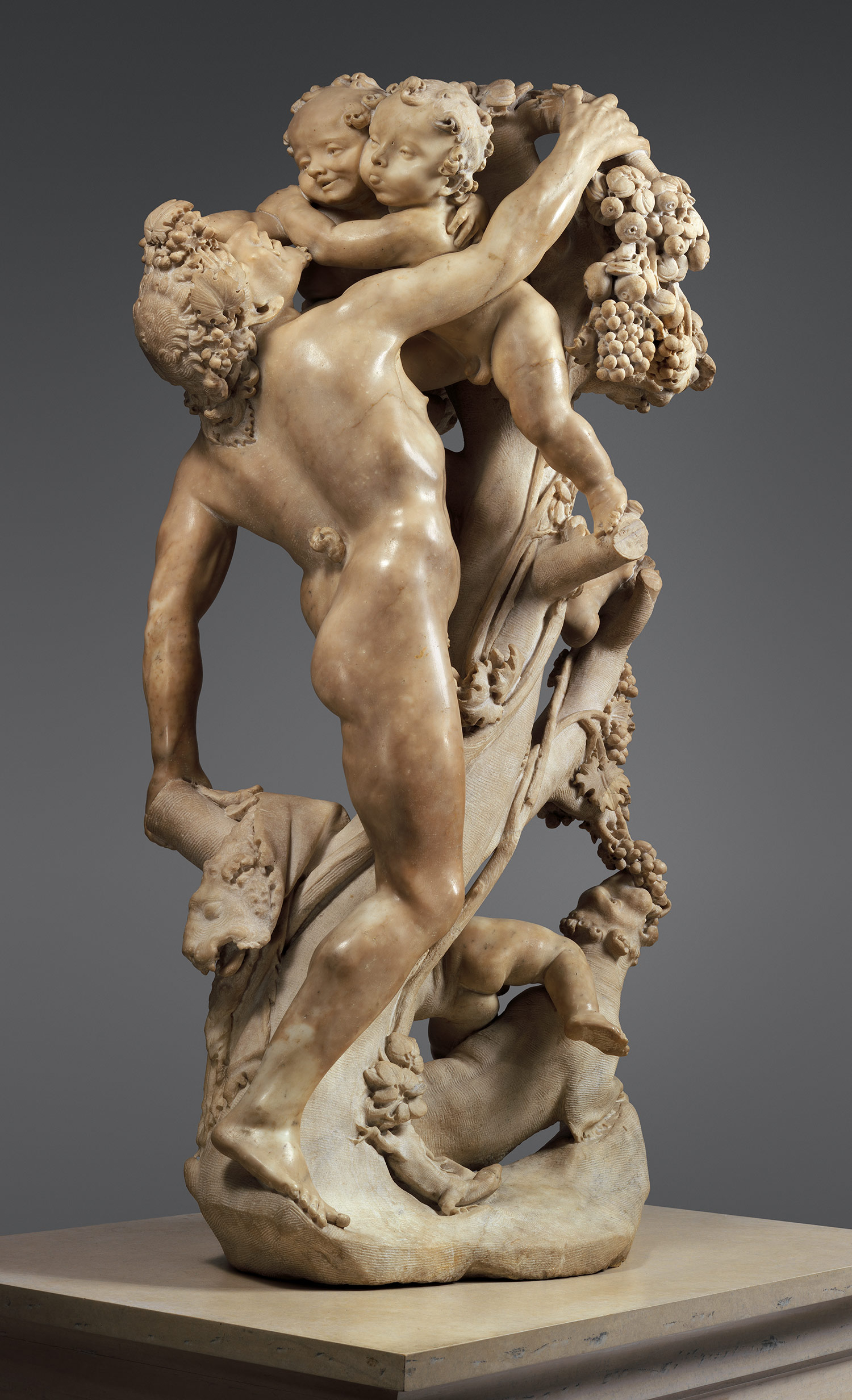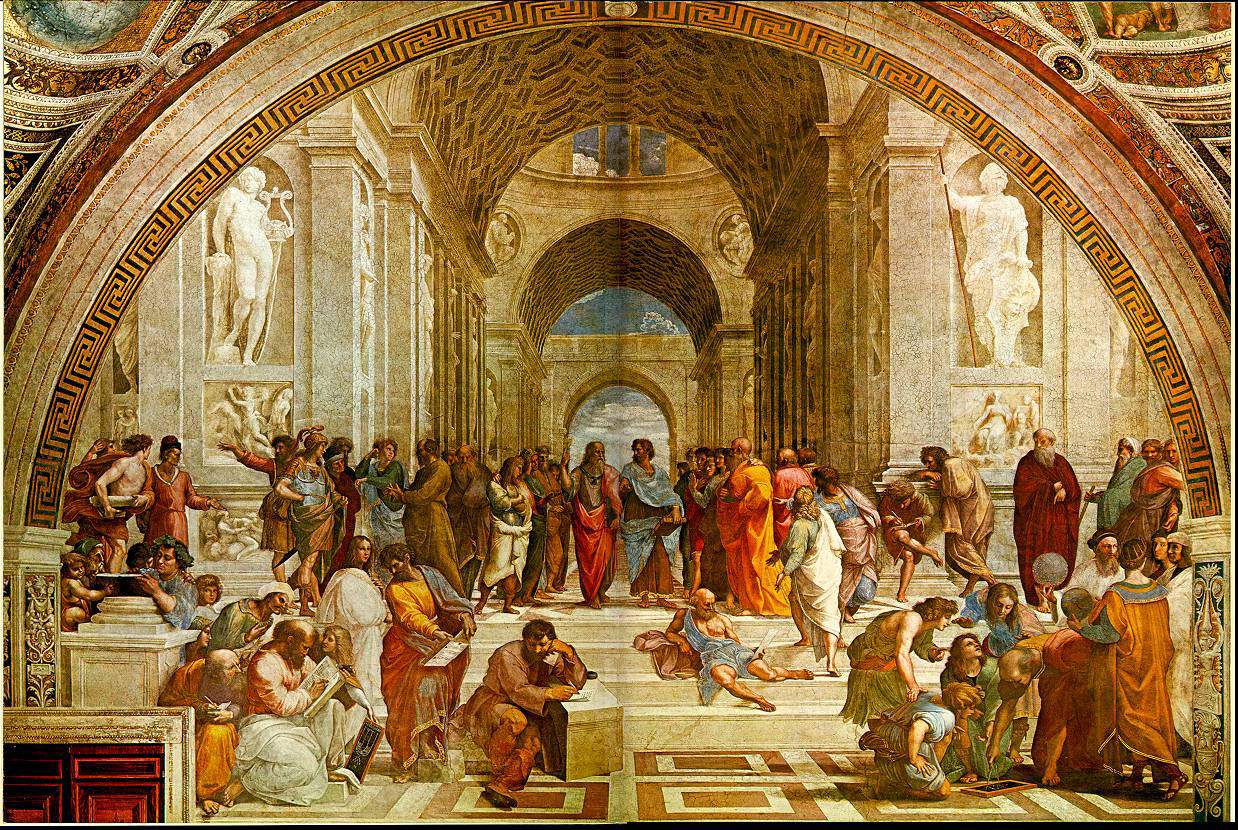Heinrich Wolfflin created a set of polarities to compare Renaissance (roughly 1400-1600) and Baroque (1600s) art. These tools are not only a wonderful way to identify differences and similarities between Renaissance and Baroque art but also to learn how to view art on a technical level.
First we will deal with the polarities in regard to their original purpose; Renaissance and Baroque art. In a nutshell, Renaissance is tight, in the line, strict to the rules of perception. Baroque reacted to Renaissance and did exactly the opposite; this art is loose, out of the lines, fluid. In the whole scheme of Art History Renaissance and Baroque art seems incredibly similar but if you look for the relationship described above you will see.
Here is a general description of each polarity with no specific application:1. Linear(R) vs. Painterly(B).Linear: Imagine a painting that was outlined first, like a coloring book, and then filled in. Paint by number. A little random fact. In fresco painting (painting on plaster for huge murals), the artists created huge cartoons of the images before painting them. Then they would use a pin and prick the outlines. So, the Renaissance artists were literally coming from painting in cartoons. Part of the change in medium was the surge in use of oil paint. They were not the first to use it but they made it popular (Jan Van Eyck who we will talk about later).
Painterly: Fluid, outside of the lines. If you tried to cut each color swatch out you would not be able to because they flow together.
2. Planar (R) vs. Recessional (B)Planar: The entire image is on one plane.
Recessional: The image is on various planes, going back and forth, in and out. Depth.
3. Closed (tectonic) (R) vs. Open (a-tectonic) (B)Closed: The piece has a closed for, something visual is enclosing it in a way that you cannot imagine anything outside of the picture plan. Many times something architectural will frame the pieces.
Open: Something in the picture plane suggests a world outside of the painting. A line of prospective that shoots right off of the page or subjects walking in and out of the piece.
4. Multiplicity (R) vs. Unity (B)Multiplicity: This is very closely related to linear. These painting were made in parts in a way that each part of the painting could stand alone. This is a bit more of a conceptual play on linear. Each part is capable of standing as a free member.
Unity: Again, closely related to painterly. The subjects in Baroque paintings can not be separated from one another. They depend on each other to exists, you cannot tear them apart.
Just decide if you can use scissors on the painting to separate distinct pieces. If you can it's Renaissance, if you cannot is Baroque.
5. Absolute Clarity (R) vs. Relative Clarity (B) (in regard to the subject)
Absolute Clarity: You can tell exactly what is going on. No questions asked. The artists did not leave a lot of room for artistic interpretation by the viewer.
Relative Clarity: The artist left some information in the painting up to the viewer. There are some solid ideas but room for intellectual movement.
APPLICATION:
Michelangelo,
The Creation of Adam, Sistine Chapel, 1511
Linear: In
The Creation of Adam can you see the paint by number effect? Very solid lines between color planes and figures.
Planar: Michelangelo's piece is not the best example but this is all technically on one plane
Closed: The Creation of Adam is a unique example of the closed polarity because this painting is technically a snippet from an entire mural (Sistine Chapel). Each set of figures, Adam on the left and the other on the right, are in their own closed little pods of the mural. The lines of the ground and the shell frame each area.
Multiplicity: In Michelangelo's piece you can cut each figure out, they could all stand on their own.
Absolute Clarity: God and Adam bridging the gap between
Heaven and Earth. It doesn't get much more clear than that.
Raphael,
The School of Athens, 1511
The School of Athens is a fantastic example of
closed form. A huge archway framing the entire piece. This is also a great example of
multiplicity, do you know why?
 Artemesia Gentileschi
Artemesia Gentileschi,
Judith Slaying Holofernes, A WOMAN PAINTER
Painterly: In Gentileschi's piece, it is difficult to detect where the line of one figure or object and another coincide. Look at the drapery. Look at the darkness creeping in.
Open Form: In
Judith Slaying Holofernes anything could be going on beyond these woman. We have a close up shot of a room. The man's body is even off the page.
Unity: The two women and the man in this painting must exist with one another to make any sense visually. It is also very difficult to dive them from one another (think of scissors)
Relative Clarity: We know a woman is killing a man. WHY? Relative Clarity. It makes sense in the composition but many questions are left unanswered.

This piece (I didn't look up the title and painter, sorry. I should know it bu I don't.) is a great example for
recessional and
open form. There are many different planes of activity (see the tiny man running towards the front?). Open form, look at the figures falling away from the page, we have no idea what else is going on in the scene.
Your assignment:3
Renaissance and 3 Baroque paintings and identify the polarities in each. Some paintings will not have all,
that's okay. Also, if you would like, give sculpture, music or poetry a whirl. The polarities apply to all.


















